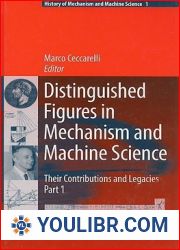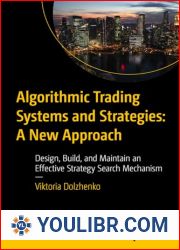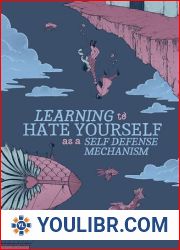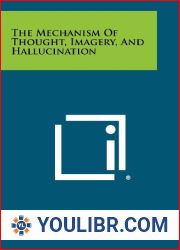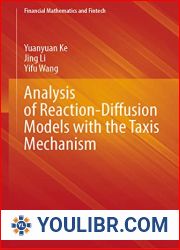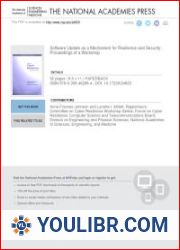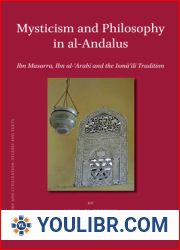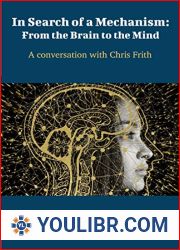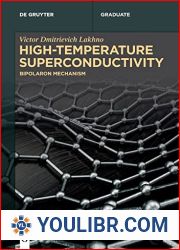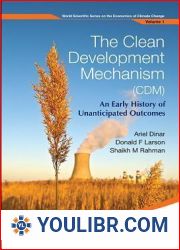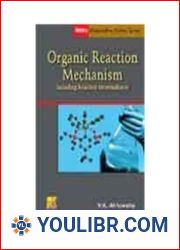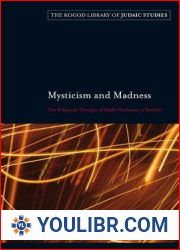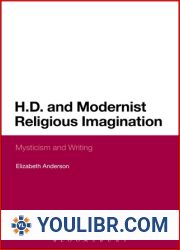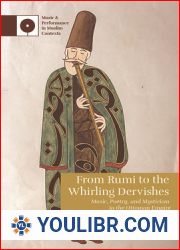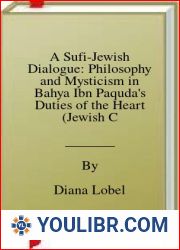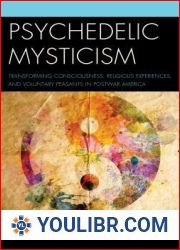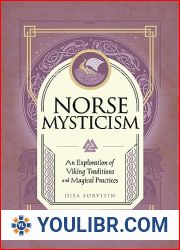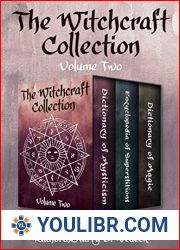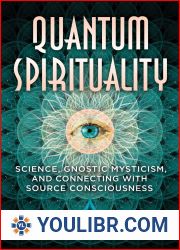
BOOKS - Mechanism and Mysticism: The Influence of Science on the Thought and Work of ...

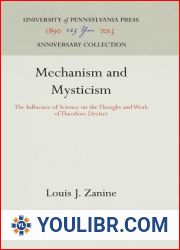
US $7.56

777187

777187
Mechanism and Mysticism: The Influence of Science on the Thought and Work of Theodore Dreiser (Anniversary Collection)
Author: Louis J. Zanine
Year: June 1, 1993
Format: PDF
File size: PDF 14 MB
Language: English
Year: June 1, 1993
Format: PDF
File size: PDF 14 MB
Language: English
In Mechanism and Mysticism , Louis J. Zanine provides the first full-length study of Theodore Dreiser's interest in modern scientific research and of the impact of scientific ideas on the thought and work of a writer who would gain fame as a deterministic naturalist, but who would end his life as a mystic pantheist.Dreiser was raised in a household dominated by the fanatical Catholic faith of his father and the superstitious beliefs of his mother. In 1894, having rejected the orthodox Christianity of his upbringing, he underwent a significant intellectual and spiritual revolution, precipitated by his discover y of the evolutionary writings of Darwin, Huxley, and Spencer. The concept of an evolutionary universe provided Dreiser with the philosophical framework for the pessimistic naturalism of his early novels ( Sister Carrie , Jennie Gerhardt , The Financier ). In the next decades, his discovery of scientific mechanism would reveal a universe that was a well-ordered machine, and it is in the context of Dreiser's reading of the mechanistic philosophy of Jacques Loeb and others that Zanine examines An American Tragedy and The Hand of the Potter .The philosophy of mechanism, combined with his under standing of evolutionary thought, provided Dreiser with a scientific world view that gave him a coherent system of beliefs about human beings' place in the universe, their origins, and the bases of their behavior. Yet Zanine demonstrates that Dreiser never fully adopted the stark materialism or atheism of the mechanists. He continued to have a deeply superstitious side, and a number of experiences with fortune tellers, seances, Ouija boards, and spirit apparitions convinced him of the existence of some controlling supernatural force in the universe. During the same years that he was espousing the principles of mechanistic philosophy in correspondence and conversation with Jacques Loeb, Zanine shows Dreiser was also drawn into speculations about the supernatural through his friendship with the eccentric investigator and author, Charles Fort.In an effort to further his understanding of mechanistic philosophy and to reconcile his faith in the supernatural with the facts of modern science, Dreiser began an intensive period of scientific study in 1927. For the next ten years, he befriended many of America's most eminent scientists, and read numerous works on biology, chemistry, physics, and astronomy. In 1937, at the Carnegie Biological Laboratory at Cold Spring Harbor, he experienced a spiritual epiphany in which he was suddenly able to intuit a Divine Being's presence in all of nature. Dreiser's scientific quest had culminated in a mystical conversion that would dominate the remaining eight years of his life.Mechanism and Mysticism offers substantial insight into the character of one of America's leading literary figures. With its unique brand of interdisciplinary research data, it will be of interest to students and scholars of American studies and literature, twentieth-century history, and history of science and religion.







